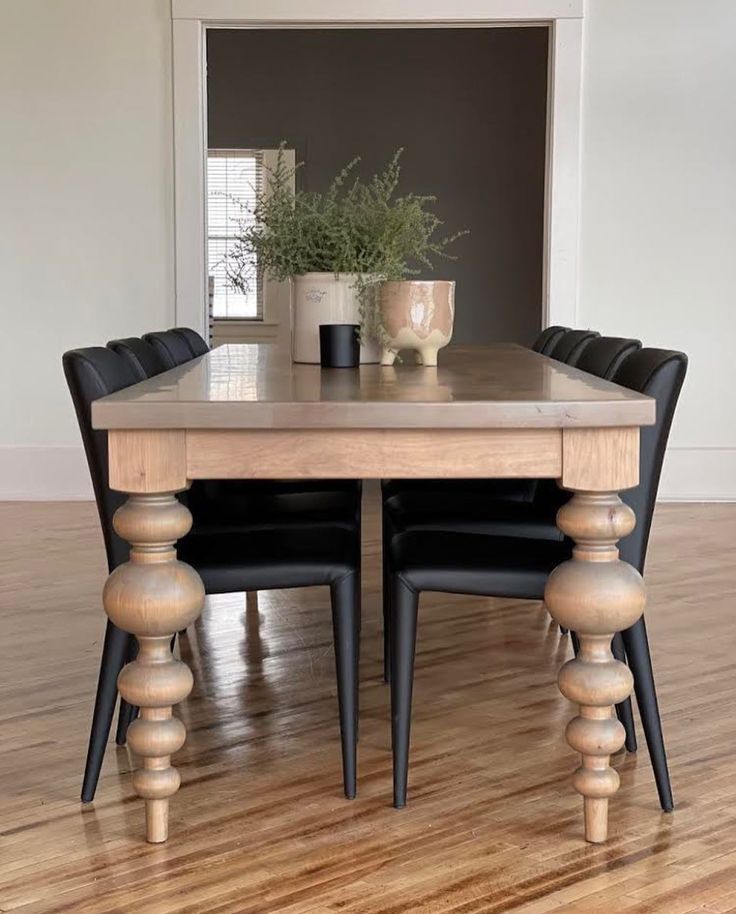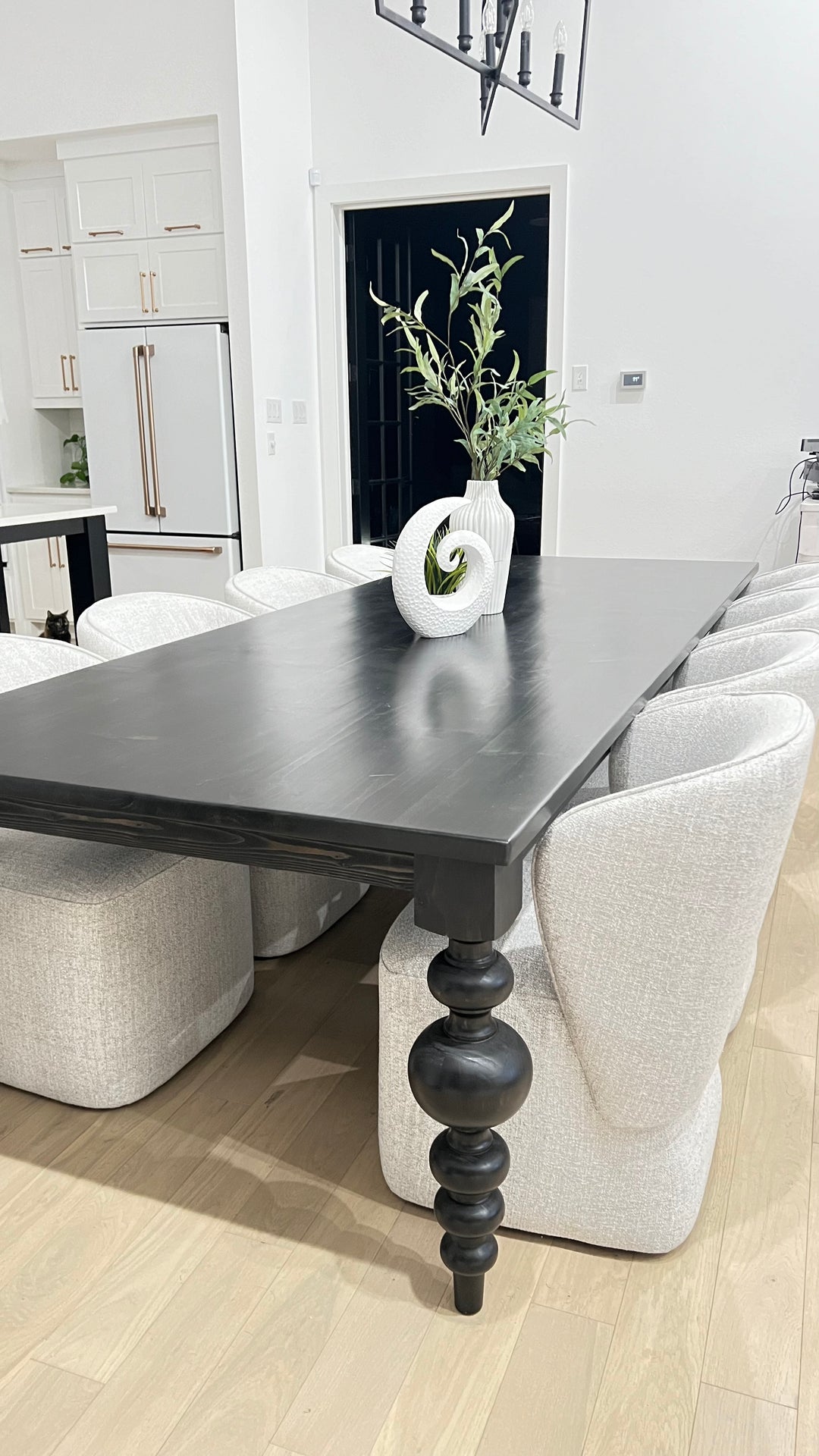How to Maintain and Care for Your Dining Room Table Legs
Professional Tips for Putting Up Eating Area Table Legs for Optimum Stability
When it comes to mounting eating area table legs, achieving optimum security is critical for both performance and aesthetics. What specific strategies can improve stability even better?
Choose the Right Legs
When choosing the appropriate legs for your eating area table, it is vital to consider both functionality and appearances. The legs you choose will significantly impact the total layout and stability of the table. Examine the table's intended use; if you expect constant events, stronger legs, such as those made from solid wood or metal, might be much more ideal, as they supply increased resilience and support.
Typical eating tables normally range from 28 to 30 inches in height, so ensure the legs straighten with this requirement for comfort. Conical legs can add a contemporary touch, while transformed legs might communicate a more classic visual.

Select Appropriate Equipment
Just how can the best hardware improve the stability and long life of your eating room table? The option of suitable hardware is crucial to making certain that the legs of your table are firmly affixed and able to endure normal usage. High-grade screws, screws, and braces offer the essential stamina to support the weight of the table, as well as any type of extra loads put upon it throughout events or meals.
When selecting screws, choose those made from durable products such as stainless steel or brass, which stand up to rust and preserve integrity over time. The length of the screws is equally important; they need to penetrate deeply into the table's framework without compromising integrity. For bolted connections, take into consideration using lock washing machines to stop loosening up as a result of vibration or movement.
Additionally, making use of corner braces can include additional support, particularly for larger tables or those with heavier tops. These braces distribute weight uniformly and assist maintain the table's form. Making certain that the hardware you choose is appropriate for the specific products of your table will even more enhance its total security and long life, enabling you to appreciate your eating experience for years to come.
Ensure Correct Positioning
Appropriate alignment of eating room table legs is crucial for both aesthetic appeal and functional security. To achieve optimal alignment, start by determining the range from the table's edges to the leg add-on factors.
Make use of a degree throughout setup to confirm that each leg is vertical to the tabletop. This action is important, as also minor disparities can use this link intensify right into considerable stability issues gradually. It is advisable to mark the preferred leg settings on the bottom of the table with a pencil or masking tape prior to securing them. This method offers as a visual overview, permitting modifications as required.
Moreover, double-check the placement after the preliminary screws are tightened up, as adjustments may be necessary prior to completely securing the equipment. By prioritizing proper placement, you not just improve the table's total style yet also ensure that it continues to be secure and useful for several years to find.

Consider Weight Distribution
After ensuring correct positioning of the eating space table legs, it is essential to consider weight circulation to improve stability and capability. dining room table legs. Correct weight distribution is important in avoiding ensuring and wobbling that the table can sustain its intended lots without danger of tipping or breaking down
When positioning the legs, guarantee they are positioned at equivalent distances from the facility of the table to evenly disperse the weight across the framework. Think about the weight of the table top and any type of things that will regularly hinge on it, such as tabletop home appliances or decorative items. Tables with larger surface areas ought to ideally have legs positioned closer to the corners, as this makes the browse around these guys most of the base of support and minimizes the risk of instability.
Additionally, if the table is meant for usage in a high-traffic area, think about using much heavier products for the legs or adding supporting components, such as cross-bracing or a lower shelf - dining room table legs. These changes can help keep balance and stop changing throughout use. Eventually, a well-considered weight distribution approach will dramatically boost the table's overall performance, ensuring it continues to be a attractive and functional focal point for your eating area
Examination Security Before Usage
Evaluating the stability of the dining space table prior to use is a crucial action that must not be neglected. If the table shows instability, identify the legs or joints that might need change.
Following, inspect that all screws and fasteners are tightened up properly. Loosened connections can lead to instability and possible damages gradually. If required, use timber adhesive on joints to boost security, making sure to allow ample drying out time.

Verdict
To conclude, the installment of dining area table legs needs mindful consideration of products, hardware, positioning, and weight distribution to attain optimum stability. By selecting tough legs and high-grade fasteners, making certain precise alignment, and distributing weight uniformly, the architectural stability of the table can be dramatically boosted. Conducting a security test prior to routine usage additionally makes sure that the table will endure everyday pressures, thus giving a risk-free and trusted dining experience.
When it comes to mounting dining room table legs, accomplishing maximum stability is extremely important for both functionality and aesthetic blog appeals. The legs you pick will considerably influence the general style and stability of the table (dining room table legs). Conventional eating tables normally vary from 28 to 30 inches in height, so make certain the legs straighten with this standard for comfort.Appropriate placement of dining area table legs is crucial for both visual charm and functional security.In final thought, the setup of eating space table legs requires cautious consideration of materials, equipment, weight, and positioning distribution to achieve maximum stability